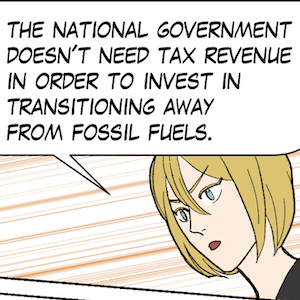ECB should take over and repay all the joint debt held by the European Commission after the pandemic
There are repeating episodes in world macroeconomics that demonstrate the absurdity of the mainstream way of thinking. One, obviously is the recurring debt ceiling charade in the US, where over a period of months, the various parties make threats and pretend they will close the government down by failing to pass the bill. Others think up what they think are ingenious solutions (like the so-called trillion dollar coin), which just gives the stupidity oxygen. Another example is the European Union ‘budget’ deliberations which involve excruciating, drawn out negotiations, which are now in train in Europe. One of the controversial bargaining aspects as the Member States negotiate a new 7-year deal is the rather significant quantity of joint EU debt that was issued during the pandemic to help nations through the crisis. How that is repaid is causing grief and leading to rather ridiculous suggestions of further austerity cuts and more. My suggestion to cut through all this nonsense is that the ECB takes over the debt and insulates the Member States from repayment. After all, the debt wasn’t issued because the Member States were pursuing irresponsible and profligate fiscal strategies.
